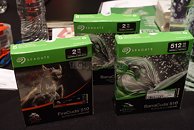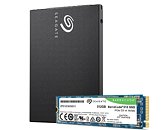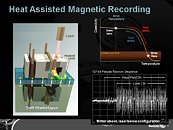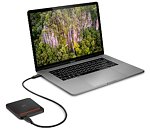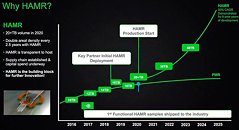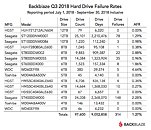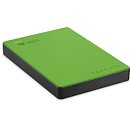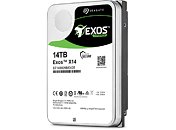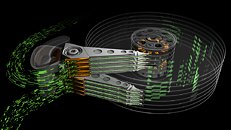
LaCie Unveils Rugged RAID Shuttle and 2big RAID Professional Storage Solutions
Today at the 2019 NAB Show, LaCie, the premium brand from Seagate Technology (NASDAQ: STX), announced two new storage solutions for creative professionals and prosumers. The new LaCie Rugged RAID Shuttle and LaCie 2big RAID build on the brand's record of efficient preservation of high-value, high-resolution digital imagery through the capture, edit, distribution, and archiving workflow
Digital transformation in the media and entertainment industry has led to rapid data growth. In fact, according to a recent IDC whitepaper sponsored by Seagate, the media and entertainment (M&E) datasphere - the amount of data created, captured or replicated across the globe - is expected to grow at a 25% compound annual growth rate (CAGR) from 2018 to 2025.
Digital transformation in the media and entertainment industry has led to rapid data growth. In fact, according to a recent IDC whitepaper sponsored by Seagate, the media and entertainment (M&E) datasphere - the amount of data created, captured or replicated across the globe - is expected to grow at a 25% compound annual growth rate (CAGR) from 2018 to 2025.











